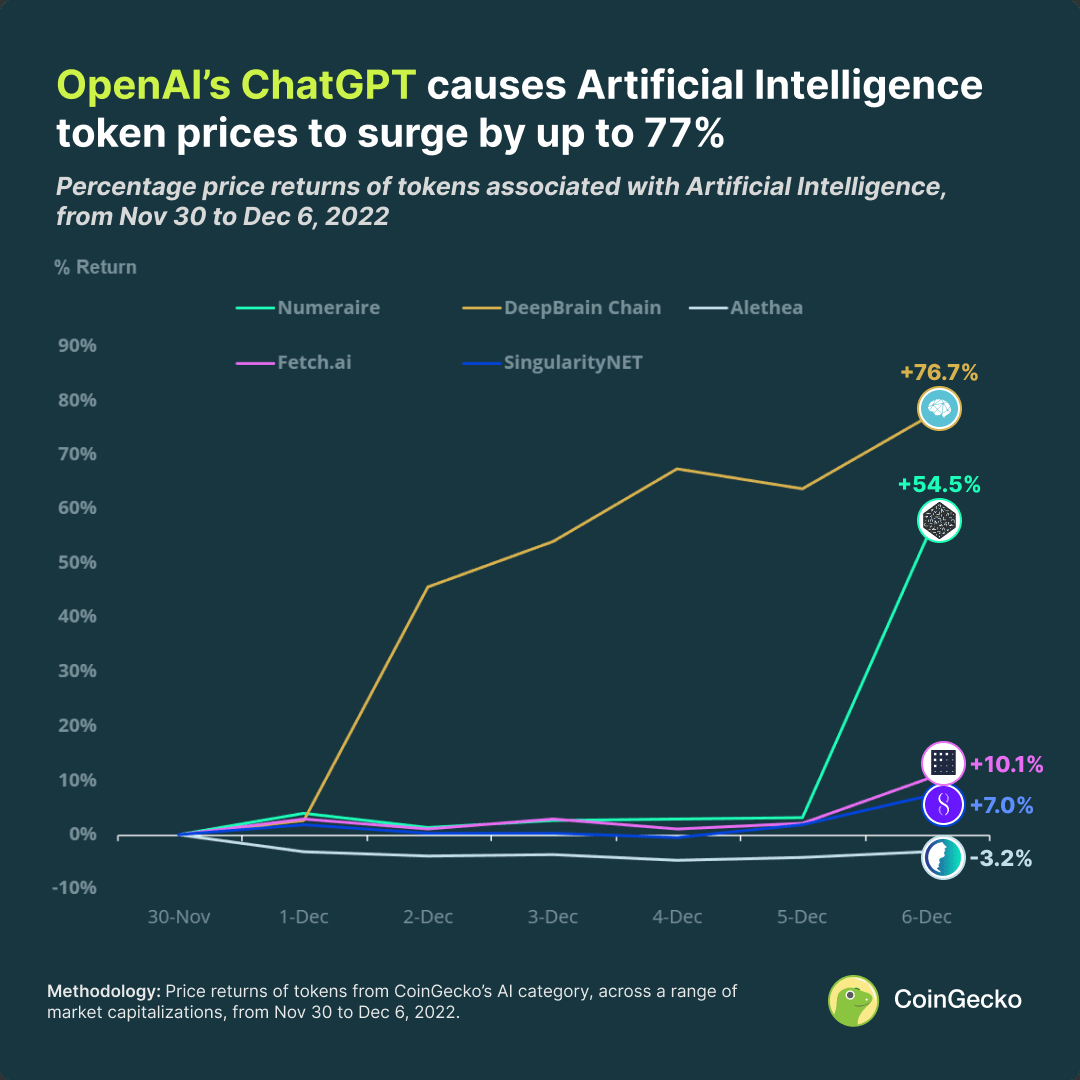Understanding XRP: Ripple's Cryptocurrency Explained

Table of Contents
What is XRP and How Does it Work?
XRP is a cryptocurrency designed to facilitate seamless and cost-effective cross-border transactions. Unlike Bitcoin, which relies on a proof-of-work consensus mechanism, XRP uses a unique consensus mechanism that allows for incredibly fast transaction processing. It acts as a bridge currency, facilitating exchanges between different fiat currencies and other cryptocurrencies on the Ripple network. Think of it as a highly efficient courier, quickly transporting value across borders.
The Ripple protocol is the backbone of XRP's functionality. It's a distributed ledger technology (DLT) that enables banks and financial institutions to send and receive payments globally using XRP. This system leverages XRP's speed and low transaction fees to provide a significant advantage over traditional banking systems which often involve lengthy processing times and high fees.
- Speed: XRP transactions are processed in a matter of seconds, far faster than Bitcoin or Ethereum.
- Low Fees: Transaction fees for XRP are significantly lower compared to other cryptocurrencies, making it an attractive option for high-volume transactions.
- Consensus Mechanism: XRP utilizes a unique consensus mechanism, called the Ripple Protocol Consensus Algorithm (RPCA), which is energy-efficient and highly secure.
XRP vs. Bitcoin and Ethereum: Key Differences
While XRP, Bitcoin, and Ethereum are all cryptocurrencies, their functionalities and target audiences differ significantly. Bitcoin is primarily a store of value, while Ethereum is a platform for decentralized applications (dApps). XRP, on the other hand, is primarily focused on enabling fast and efficient cross-border payments.
- Transaction Speed: XRP boasts significantly faster transaction speeds than both Bitcoin and Ethereum.
- Transaction Fees: XRP transactions are considerably cheaper.
- Energy Consumption: XRP's consensus mechanism is far more energy-efficient than Bitcoin's proof-of-work system.
- Scalability: XRP is designed for high scalability, handling a large volume of transactions simultaneously.
- Market Capitalization: While smaller than Bitcoin and Ethereum, XRP still holds a significant market capitalization, reflecting its adoption by financial institutions.
XRP's focus is on institutional adoption and streamlining international payments, whereas Bitcoin and Ethereum emphasize decentralization and broader applications.
Ripple and its Relationship with XRP
Ripple Labs, the company behind XRP, created the Ripple protocol and utilizes XRP within its network, RippleNet. However, it's important to understand that Ripple's success isn't solely dependent on XRP's performance. RippleNet, a global payment network, offers various solutions for financial institutions, including On-Demand Liquidity (ODL), which facilitates instant cross-border payments using XRP.
- RippleNet: A global network connecting banks and payment providers for efficient cross-border transactions.
- On-Demand Liquidity (ODL): A RippleNet solution that uses XRP to reduce the need for pre-funding correspondent accounts, speeding up payments and lowering costs.
- Partnerships: Ripple has established numerous partnerships with major banks and financial institutions worldwide, driving the adoption of its technology and XRP.
Recent partnerships and developments in RippleNet continue to expand the network’s reach and solidify XRP's role in facilitating international payments.
Investing in XRP: Risks and Rewards
Investing in XRP, like any cryptocurrency, carries both significant risks and potential rewards. The cryptocurrency market is inherently volatile, and XRP's price can fluctuate dramatically. Furthermore, regulatory uncertainty surrounding cryptocurrencies globally presents a considerable risk.
- Potential for High Returns: Successful adoption of XRP by financial institutions could lead to substantial price appreciation.
- Regulatory Uncertainty: Changes in regulations could significantly impact XRP's value and usage.
- Market Volatility: The cryptocurrency market is known for its price swings, meaning significant losses are possible.
- Ripple's Legal Battles: Ongoing legal battles faced by Ripple could also affect XRP's price and future.
Disclaimer: This information is for educational purposes only and should not be considered investment advice. Conduct thorough research and consult with a financial advisor before making any investment decisions.
The Future of XRP and its Potential
The future of XRP is tied to the increasing adoption of its technology by financial institutions and its role in bridging the gap between traditional finance and the digital asset world. Beyond cross-border payments, XRP could find applications in various other areas.
- Wider Adoption: Continued partnerships and integration with financial institutions could lead to wider acceptance.
- Integration with CBDCs: XRP could play a role in facilitating transactions involving Central Bank Digital Currencies (CBDCs).
- Role in DeFi: While not its primary focus, XRP could potentially find applications within the Decentralized Finance (DeFi) ecosystem.
While long-term projections are inherently speculative, the potential for XRP's growth depends largely on the expansion of RippleNet and its continued success in the global payments landscape.
Conclusion
XRP, Ripple's cryptocurrency, offers a unique approach to cross-border payments, leveraging speed, efficiency, and low transaction costs. While it presents exciting potential, it's crucial to understand the inherent risks associated with investing in cryptocurrencies. Its success hinges on continued institutional adoption and navigating the complexities of the regulatory landscape. Learn more about XRP and its potential by researching reputable sources and staying updated on the latest developments in the cryptocurrency market. Deepen your understanding of XRP to make informed decisions about its role in your investment portfolio. Explore the world of XRP and its evolving position in the global financial system.

Featured Posts
-
 Christopher Stevens Review Michael Sheens Million Pound Giveaway
May 01, 2025
Christopher Stevens Review Michael Sheens Million Pound Giveaway
May 01, 2025 -
 Priscilla Pointer Dalla Actress And Sf Actor Workshop Co Founder Dies At 100
May 01, 2025
Priscilla Pointer Dalla Actress And Sf Actor Workshop Co Founder Dies At 100
May 01, 2025 -
 Zdravkove Prve Ljubavi Prica O Pjesmi Kad Sam Se Vratio
May 01, 2025
Zdravkove Prve Ljubavi Prica O Pjesmi Kad Sam Se Vratio
May 01, 2025 -
 Negotiating Deals On Dragons Den Key Strategies
May 01, 2025
Negotiating Deals On Dragons Den Key Strategies
May 01, 2025 -
 Royal Support Prince William Champions Homelessness Cause During Scottish Visit
May 01, 2025
Royal Support Prince William Champions Homelessness Cause During Scottish Visit
May 01, 2025
Latest Posts
-
 Shopping With Chat Gpt Open Ais Latest Innovation Challenges Googles Search Power
May 01, 2025
Shopping With Chat Gpt Open Ais Latest Innovation Challenges Googles Search Power
May 01, 2025 -
 How Open Ais Chat Gpt Is Disrupting Online Shopping And Challenging Googles Dominance
May 01, 2025
How Open Ais Chat Gpt Is Disrupting Online Shopping And Challenging Googles Dominance
May 01, 2025 -
 Resistance To Ev Mandates Grows Among Car Dealers
May 01, 2025
Resistance To Ev Mandates Grows Among Car Dealers
May 01, 2025 -
 Prioritizing Economic Recovery Challenges For Canadas Incoming Prime Minister
May 01, 2025
Prioritizing Economic Recovery Challenges For Canadas Incoming Prime Minister
May 01, 2025 -
 Chat Gpt Vs Google Shopping Open Ais New E Commerce Challenge
May 01, 2025
Chat Gpt Vs Google Shopping Open Ais New E Commerce Challenge
May 01, 2025
